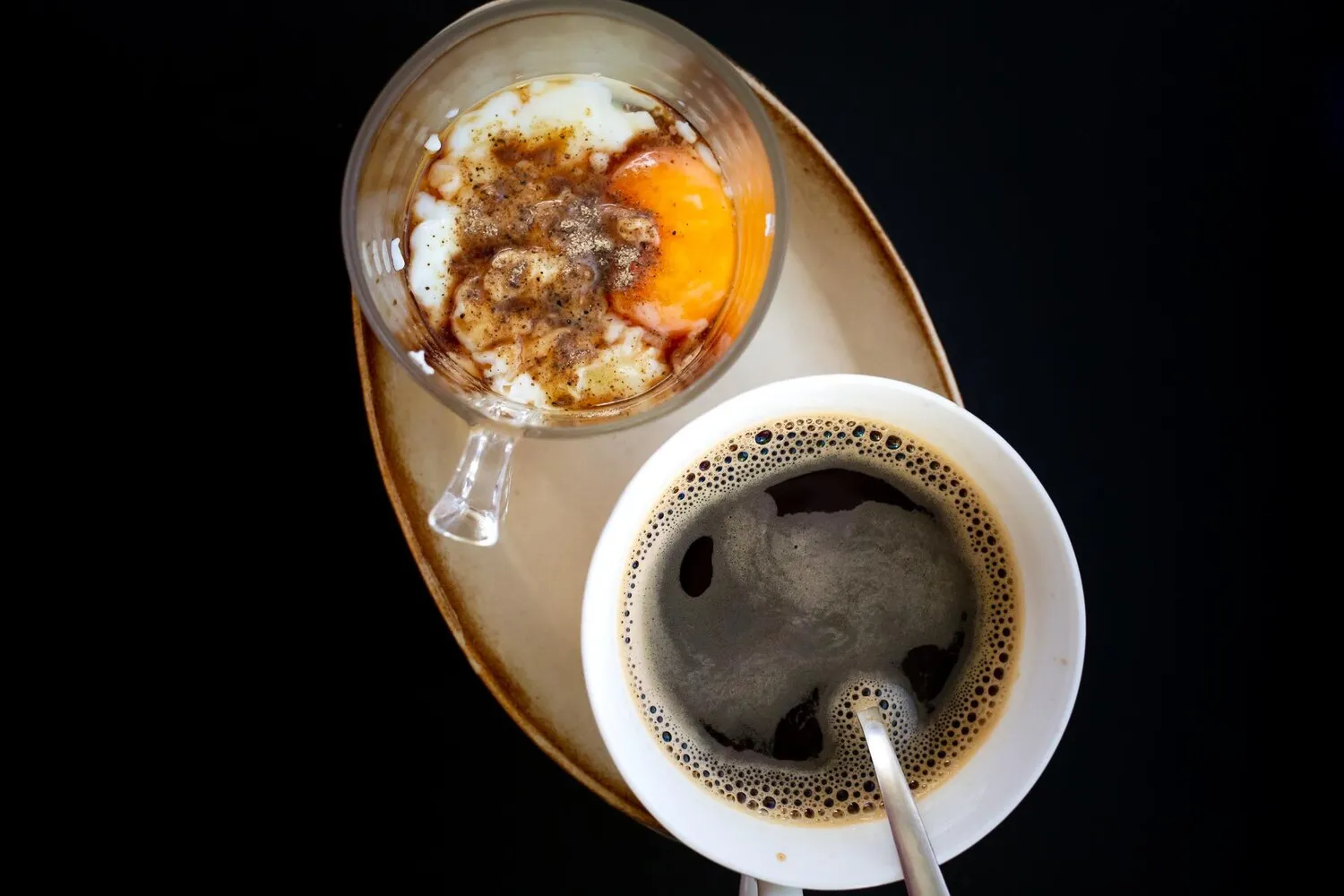
Espresso
Classic Italian espresso.
Nutrition Facts
* The % Daily Value (DV) tells you how much a nutrient in a serving of food contributes to a daily diet. 2,000 calories a day is used for general nutrition advice.
Espresso's roots lie in late 19th-century Italy, born from the desire to brew coffee faster and on-demand. Angelo Moriondo patented an early machine in 1884, but Luigi Bezzera is generally credited with inventing the first true espresso machine in 1901. His machine, improved by Desiderio Pavoni, used steam and hot water under pressure to quickly brew a concentrated coffee.
Espresso is deeply embedded in Italian culture, representing a daily ritual and a social experience.
The 'Caffè' Culture
In Italy, ordering a 'caffè' at a bar (coffee shop) typically means ordering an espresso. It's a quick, stand-up affair often enjoyed several times a day.
Social Ritual
Espresso is often shared with friends and family, fostering social connections and conversations. It's a common practice after meals and during breaks.
Regional Variations
While the core concept remains the same, slight regional variations exist in bean preferences, roasting styles, and even serving customs.
Espresso boasts a rich, intense flavor profile characterized by a balance of bitterness, sweetness, and acidity.
The flavor is heavily dependent on the coffee bean origin, roast level, and extraction. Expect notes ranging from chocolate, caramel, and nuts to fruity, floral, and spicy depending on the beans. The extraction process, ideally taking around 25-30 seconds, is crucial to avoid under-extraction (sour and weak) or over-extraction (bitter and harsh). The presence of crema, a reddish-brown emulsion of coffee oils, adds to the texture and flavor, contributing to a creamy mouthfeel.
Freshly Ground Beans
Always use freshly roasted and ground coffee beans. Grinding immediately before brewing preserves the aroma and flavor.
Tamping Technique
Consistent and even tamping pressure is crucial for uniform extraction. Aim for around 30 pounds of pressure.
Water Temperature
The optimal water temperature for espresso is around 195-205°F (90-96°C). Too cold and the espresso will be sour; too hot and it will be bitter.
Machine Maintenance
Regularly clean and maintain your espresso machine to ensure optimal performance and consistent results.
Explore additional Coffee dishes and restaurants
Explore CoffeeDiscover top dining spots and culinary experiences in Reggio Calabria.
Explore Reggio CalabriaLearn more about the food culture, restaurant scene, and culinary heritage of Italy.
Explore Italy